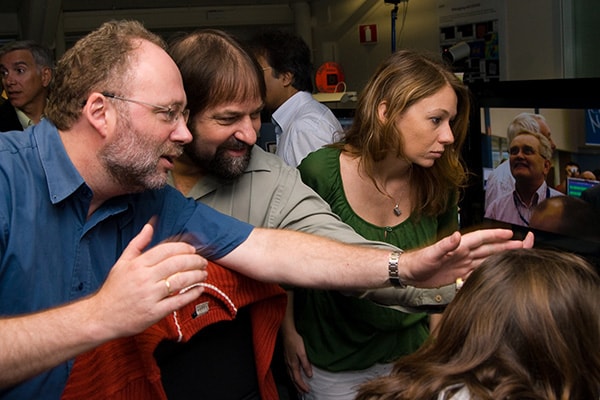The CMS experiment is one of the largest international scientific collaborations in history, involving more than 4000 scientists, engineers, and students from 210 institutes in 48 countries.
Pieces of CMS were designed and constructed in various institutes around the world before being brought to CERN for the final assembly. Now, the data collected by CMS are being delivered to institutes around the world to be analysed.
From fire to electricity, discoveries have shaped human civilization: fundamental research is the driving force for improving our lives. In 2012, CMS announced its first major discovery, the Higgs boson, a type of particle never seen before. Over the next 20 years, CMS will continue to unravel Nature's secrets, guiding human development in the decades and centuries to come. As with most fundamental research, exploiting this discovery for practical gain is something for the long-term future. There are, however, near-term gains from the huge scientific and engineering efforts that led to the discovery.

LHC collisions at 13 TeV
2015

Nobel prize awarded to theorists F. Englert and P. Higgs
2013

Higgs discovery
2012

LHC "first physics"
2010

First LHC collisions
2008

Research and Development
2005

CMS project approved
1993




